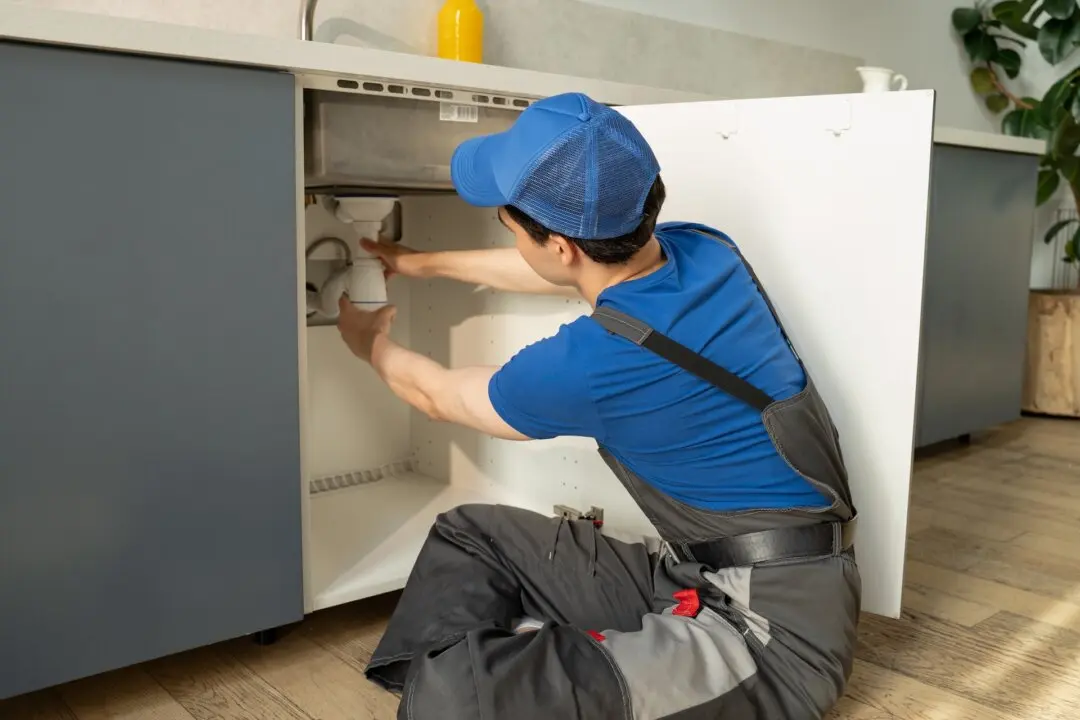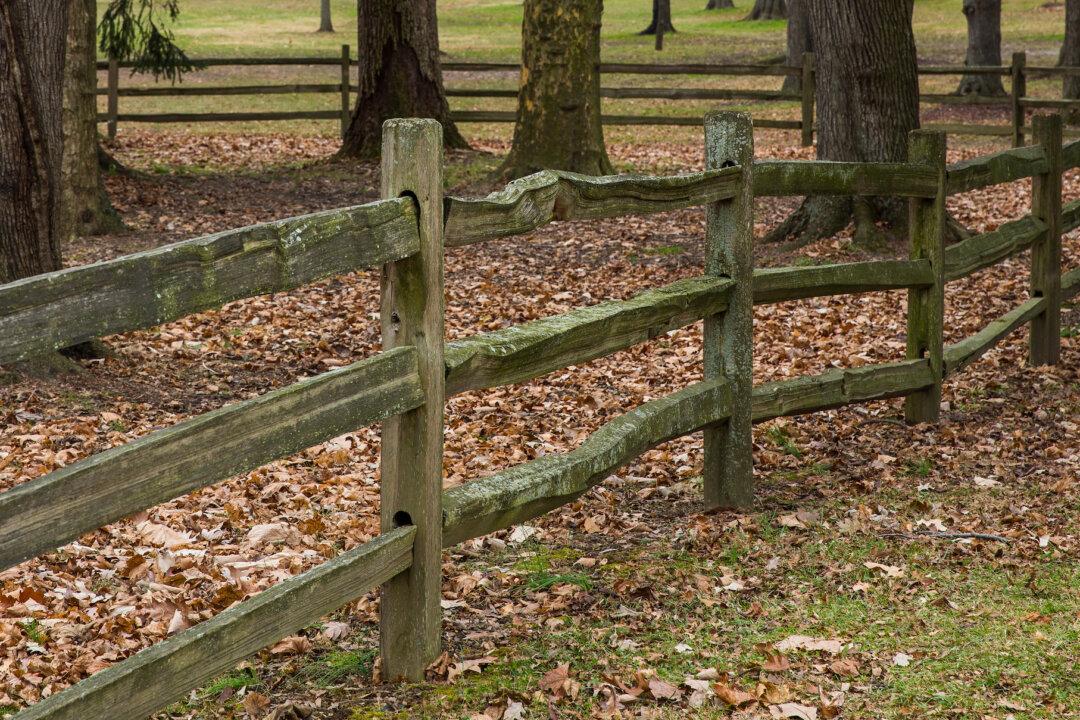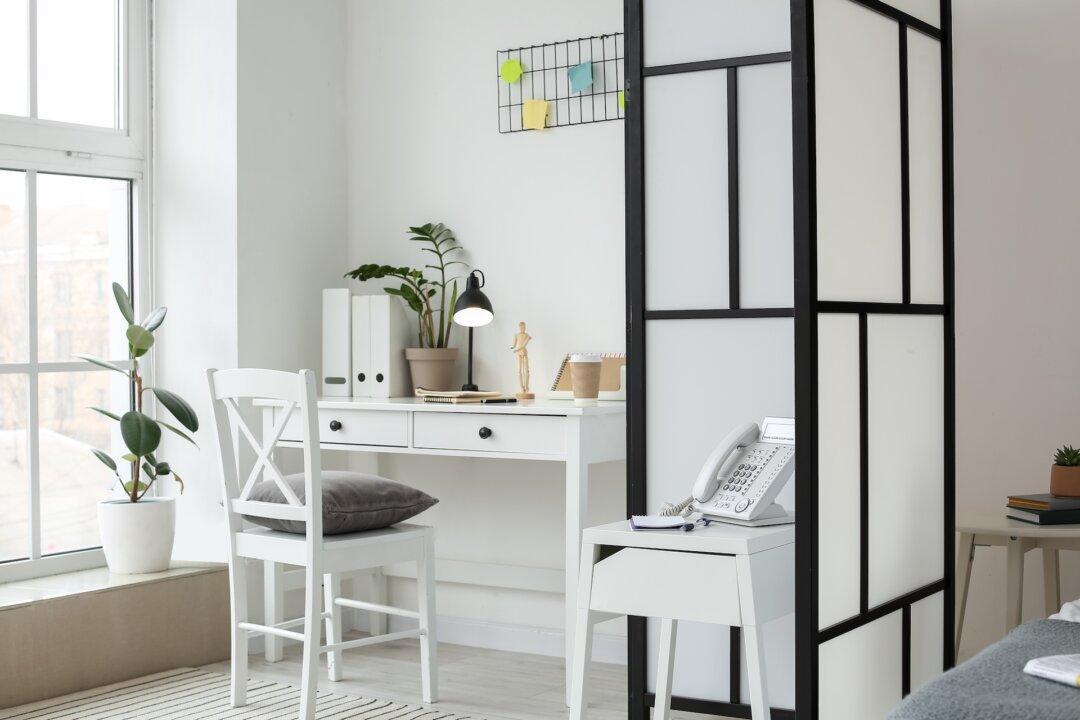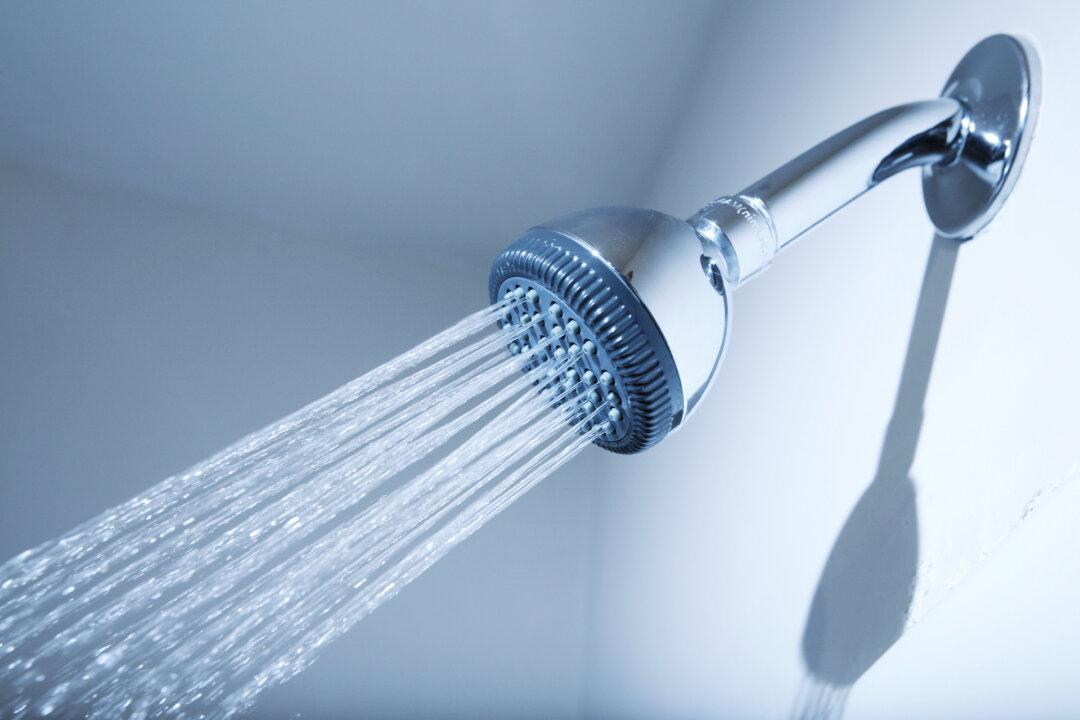Dear James: We remodeled our bathroom and tried to do the drywalling ourselves. There is shadowing by the joints, and it seems worse at night. What was our mistake?—David G.
Dear David: There is quite a learning curve when hanging and finishing drywall. Shadowing is not a condition that resulted from you not hanging the drywall properly, and the magnitude of the problem varies depending upon the location of the light source. This is why it often varies from day to night.





